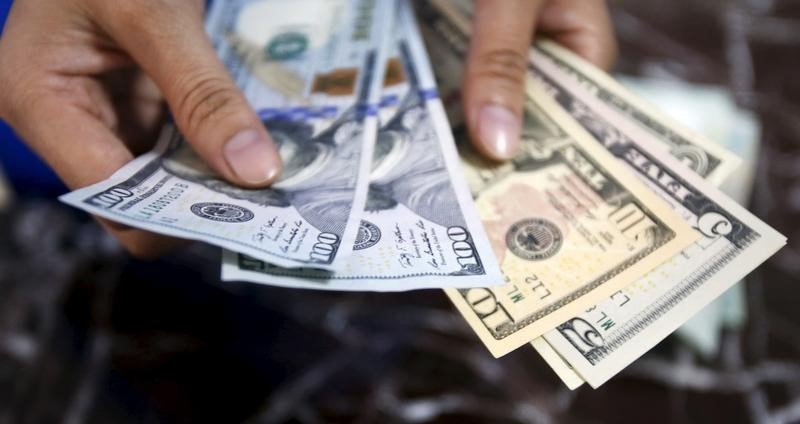Who is Kevin Hassett? Wolfe looks at the Trump ally tipped to become Fed Chair.
Investing.com - The dollar stabilized on Thursday, shaking off Wednesday’s knee jerk selloff that came in the immediate aftermath of Donald Trump’s shock election victory as markets took the upset in their stride.
The U.S. dollar index, which measures the greenback’s strength against a trade-weighted basket of six major currencies, was steady at 98.66, close to overnight highs.
The index plunged to lows of 95.91 on Wednesday as the unexpected election outcome roiled markets.
The dollar gained ground against the yen, with USD/JPY rising 0.28% to 105.96.
The pair dropped to lows of 101.19 on Wednesday, as a broad based flight to safety stoked investor demand for the perceived safe-haven Japanese currency.
Japan’s Finance Minister Taro Aso had warned on Tuesday that Tokyo would need to respond to moves in the currency markets if the U.S. election caused a sudden spike in the yen.
The euro was steady, with EUR/USD at 1.0904. The pair jumped to a high of 1.1298 on Wednesday, the highest since September 8, before tumbling to 1.0902.
The Mexican peso, seen as the currency most vulnerable to the election outcome, remained near record lows on Thursday, with MXN/USD at 0.0501.
In a press conference on Wednesday Mexican central bank officials said they were watching market volatility but refrained from any measures to stem the peso’s decline.
Many investors are still expecting the U.S. Federal Reserve to raise interest rates at its December policy meeting, underpinning dollar demand.
Investors are currently pricing in a 81.1% chance of a rate hike at the Fed's December meeting; according to federal funds futures tracked Investing.com's Fed Rate Monitor Tool.
Odds had dropped to as low as 43% at one point on Wednesday, before recovering.
Expectations of higher rates tend to boost the dollar, as higher borrowing costs make the currency more attractive to yield seeking investors.
